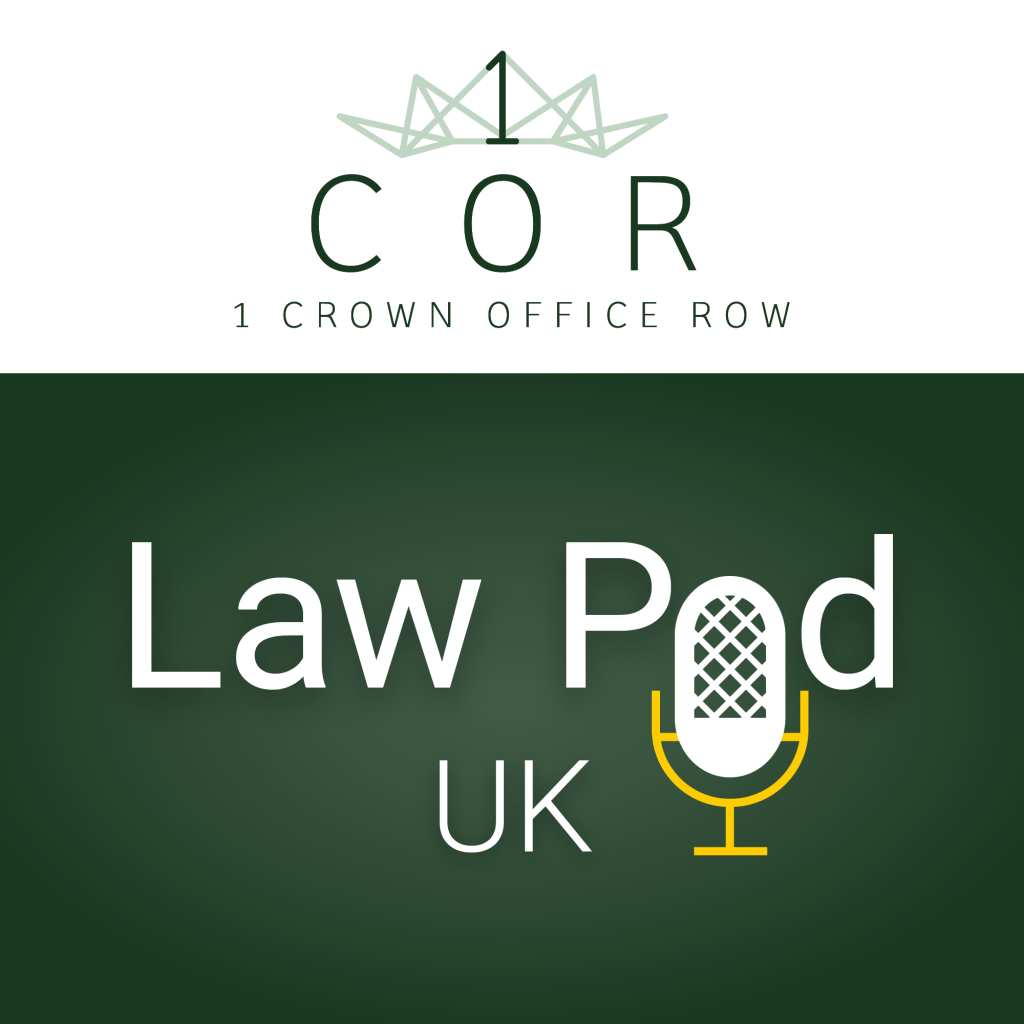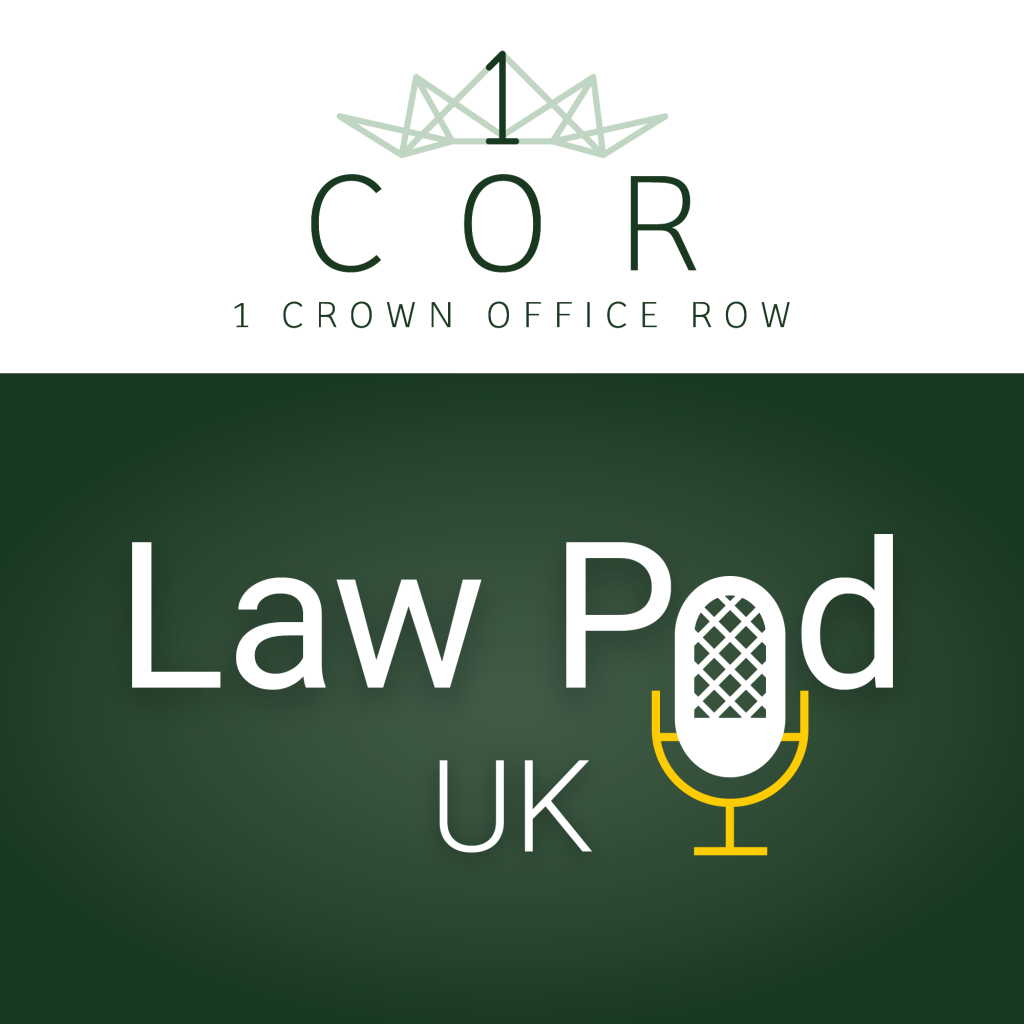In Sleeper v Commissioner of Police of the Metropolis [2025] EWHC 151 (KB) Mr Justice Sweeting dismissed an appeal against the decision of HHJ Saggerson to dismiss a claim against the Metropolitan Police by a street preacher arrested for displaying anti-Muslim signs.
The claim was both for the tort of false imprisonment (which involved a challenge to the legality of his arrest) and for a remedy breach of his rights under the Human Rights Act 1998 directly, though the latter was time barred and not resurrected on appeal.
Mr Justice Sweeting’s judgment provides insight into how the courts assess the interplay of Articles 9, 10 and 11 of the European Convention of Human Rights (“ECHR”) and domestic criminal law.
Factual background
Mr Sleeper (“the appellant”) was arrested on 23 June 2017 outside Southwark Cathedral. While proselytising he held up a sign which read “#LOVE MUSLIMS HATE ISLAM JESUS IS LOVE + HOPE”. Another sign, propped next to him read “LOVE MUSLIMS BAN ISLAM THE RELIGION OF TERROR!”.
Two terrorist attacks had occurred in London that month: the London Bridge/ Borough Market attack on 3 June 2017 (in which eight people were murdered), and the Finsbury Park mosque attack on 19 June 2017 (in which one person was murdered and others seriously injured). The Cathedral is close by the site of the first attack. On the day of the appellant’s arrest it was due to host a multi-faith community service. He had chosen to proselytise close to the Cathedral in light of this.
The appellant was arrested at 12:50 for a religiously aggravated offence under s.5 of the Public Order Act 1986 (“POA”). At interview at 20:13, he gave a prepared statement in which he explained that he was criticising Islam and not Muslims. At 00:38 the following day he was released on conditional bail. On 11 August 2017 he was informed that the Crown Prosecution Service had decided not to prosecute him.
The appellant brought a claim for false imprisonment. He asserted that his human rights had been breached. He argued that his arrest and detention were unlawful and violated his rights to freedom of religion, expression, and assembly.
HHJ Saggerson dismissed his claim in full. In sum he found that the appellant’s arrest and detention were lawful. The arresting officer had a reasonable suspicion that the appellant had committed an offence and that his belief that arrest was necessary was objectively reasonable. The judge also found that the appellant’s claims under the Human Rights Act 1998 (“HRA”) were time-barred [6].
Grounds of appeal
The appellant was granted permission to appeal on five grounds. He argued that his Convention rights were engaged at all material times, and that the judge fell into error by wrongly approaching the test for lawful arrest in light of those rights [19].
The grounds of appeal were:
Ground 1: the judge erred in finding that it was reasonable for the arresting officer to suspect the signs were “abusive”, which requires objective consideration by the court and an “imminent” risk of public disorder [20]. Additionally, the judge wrongly concluded that a violent reaction to the sign was a natural consequence of the display.
Ground 2: the judge failed to correctly apply the ECHR when assessing the lawfulness of his arrest [21]. Specifically, Article 9, 10, and 11 (freedom of thought/belief, expression, and assembly).
Ground 3: the judge erred in his assessment of proportionality [22]. This included: only considering the length of detention and not the fact of it; considering less invasive options than detention; and giving insufficient weight to the right to protest.
Ground 4: the judge erred in rejecting an argument that the presence of “love Muslims” alongside “hate Islam” rendered the signs not abusive [23].
Ground 5: the judge erred in ruling that Article 9 (freedom of thought, conscience and religion) was not engaged [24]. This point was conceded as academic given the appeal is not targeted at resurrecting a HRA claim.
The statutory framework
The relevant parts of sections 5 and 6 of the POA (as amended) provide that:
5(1) A person is guilty of an offence if he—
(a) uses threatening or abusive words or behaviour, or disorderly behaviour, or
(b) displays any writing, sign or other visible representation which is threatening or abusive within the hearing or sight of a person likely to be caused harassment, alarm or distress thereby. …
(3) It is a defence for the accused to prove—
(a) that he had no reason to believe that there was any person within hearing or sight who was likely to be caused harassment, alarm or distress, or
…
(c) that his conduct was reasonable.
6(4) A person is guilty of an offence under section 5 only if he intends his words or behaviour, or the writing, sign or other visible representation, to be threatening or abusive, or is aware that it may be threatening or abusive or (as the case may be) he intends his behaviour to be or is aware that it may be disorderly.”
Section 31 of the Crime and Disorder Act 1998 (as amended) provides that the section 5 POA offence may be aggravated where the person committing the offences shows hostility based on race or religion:
(1) A person is guilty of an offence under this section if he commits … (c) an offence under section 5 …. which is racially or religiously aggravated…”
Section 28 of the same Act defines when an offence is ‘racially or religiously aggravated’:
(1)(a) at the time of committing the offence, or immediately before or after doing so, the offender demonstrates towards the victim of the offence hostility based on the victim’s membership … of a racial or religious group; or
(b) the offence is motivated (wholly or partly) by hostility towards members of a racial or religious group based on their membership of that group.
For the offence to be committed, therefore, the material writing must have been abusive and be displayed within the sight of a person likely, as a result, to be caused harassment, alarm or distress [33].
Arrest
Section 24 of the Police and Criminal Evidence Act 1984 (“PACE”) sets out the conditions for a lawful arrest which must meet the test of necessity for the specific reasons set out in the section, including to prevent the person in question causing physical injury to himself or other persons, or suffering physical injury himself [34].
The appeal
Grounds 1 and 4
Mr Justice Sweeting rejected these grounds having considered them together. His reasoning proceeded on the following basis. Every arrest must be based upon an honest suspicion that an offence has been committed [43]. Suspicion must be reasonable on grounds which are set out in PACE. The question of whether words are abusive is a matter of fact [56]. It is not objectionable that the judge set out what conduct he included in the ordinary meaning of “abusive” [62]. The judge did not err in finding the conduct abusive in the ordinary meaning of the word. There is no requirement of imminent public disorder within s.5 POA [80]. The common law test for imminence of such public disorder does not apply to the statutory offence.
In considering the interplay between “hate Islam” and “love Muslims”, consideration of context is paramount. This includes the specific words used, the manner in which they were displayed, and the surrounding circumstances, [67]. Given the location of the appellant’s sign, context and message, the judge had been entitled to reject his case [69-70].
Ground 2
This ground was also rejected. The judge below had rightly distinguished between general rights of assembly and free speech and the issue of whether particular speech is protected by the law [86]. The appellant was wrong to conflate the proportionality assessment related to the question of conviction (see Ziegler v DPP [2021] UKSC 23) with the initial decision to arrest [106].
The judge had properly considered the appellant’s ECHR rights in the context of the statutory test for arrest [112] and had properly reached the conclusion that the officer’s suspicion was reasonable was justified on the facts, as was his determination that arrest was necessary.
Ground 3
Mr Justice Sweeting considered this ground was “essentially re-argument of matters that were well within the evaluative task that the Judge had to perform” [119]. The judge had plainly considered the legality of the initial arrest and subsequent detention [121]. He made explicit findings that arrest and detention were necessary and proportionate, and that the detention period was reasonable [125]. The judge did not restrict himself to considering the form of protest but acknowledged other factors [133]. The appellant’s Article 10 rights were acknowledged and balanced against other interests [134].
Ground 5
The claim under the Human Rights Act having been time barred, Ground 5 was said to be academic. However, Mr Justice Sweeting observed that in any case, the relevant statement/ conduct must be intimately linked to a person’s religion in order to be protected by Article 9 ECHR [139]. Merely asserting that a particular statement is a manifestation of religious belief does not put the matter beyond examination [142]. The judge had to make an assessment and was entitled to conclude that a statement is capable of falling outside the scope of Article 9 protection where it is designed to promote hatred towards, and the suppression of, another religion [143].
Comment
Christian Concern, a religious group supporting the appellant has announced its intention to appeal Mr Justice Sweeting’s decision (see this announcement) – the issue may yet receive further consideration, though the grounds of any further appeal remain unclear.
The courts have shown they will thoroughly evaluate the reality underpinning any assertion of engagement of human rights in a fact sensitive manner. Where first-instance judges do so, the appellate courts approach appeals of first instance decisions with caution and deference to the evidence heard and considered by the courts below.
Leo Kirby is a pupil barrister at 1 Crown Office Row
The post Preaching hate: free speech, religion and the Human Rights Act appeared first on UK Human Rights Blog.



